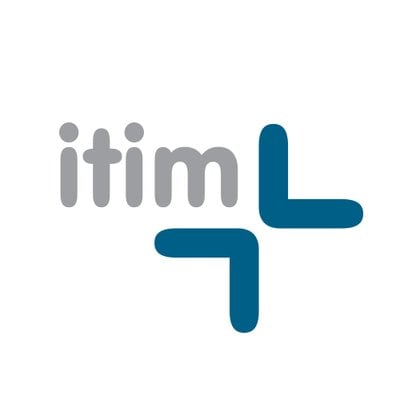The summer lull that once marked a slowdown in retail activity has given way to an unmistakable early-season surge, as shoppers recalibrate their spending amid escalating trade tensions and rising prices.
June’s retail figures, as first calculated by the U.S. Department of Commerce’s Census Bureau, reveal a notably stronger backdrop than many anticipated. On a month-on-month basis, core retail sales, excluding food, autos and fuel, climbed by 0.6%, bouncing back from two consecutive declines. Yet it is the year-on-year comparisons that catch the eye of long-term strategists: overall sales in the sectors tracked by Retail Dive advanced by 4.2% compared with the same period last year, a pace that outstrips the broader year-over-year rise in headline retail receipts. This divergence reflects not only a shift in where consumers choose to spend but also how retailers are positioning themselves to capture early back-to-school demand.
E-commerce remains the fastest-growing segment, with non-store retailers posting gains approaching 7% year-over-year. Orders placed via online marketplaces, mail-order services and other mail-centric channels continue to absorb consumer appetite for convenience, with notable strength in categories such as apparel and sporting goods. Retailers that have invested in seamless omnichannel infrastructure and customer-centric fulfilment models are reaping the rewards, drawing shoppers away from brick-and-mortar competitors that have been slower to adopt digital enhancements.
Clothing and accessories retailers saw receipts increase by nearly 3% from a year earlier, signalling that fashion remains resilient even as tariff-driven cost pressures mount. While import levies have forced some brands to absorb higher landed costs, many have opted to pass at least part of these to consumers. Despite some consumer pushback, rising prices have not deterred families from updating children’s wardrobes ahead of the autumn term. In fact, surveys suggest that nearly one-in-five parents began acquiring school supplies and uniforms in June, up substantially from prior seasons, a trend that has helped sustain sales momentum.
Electronics and appliances, by contrast, exhibited more modest growth, with sales roughly flat on a year-ago basis. Sharp tariff hikes on key components have pushed up sticker prices for larger ticket items, prompting some shoppers to delay purchases or to seek refurbished and lower-cost alternatives. Yet even in this environment, retailers that have diversified sourcing strategies or that offer attractive financing terms have managed to preserve customer interest.
Furniture and home furnishing retailers saw stable gains of around 2% year-over-year, driven by ongoing renovation projects and the gradual replenishment of worn-out household essentials. General merchandise outlets also posted moderate advances, as grocers and mass merchants leverage competitive pricing and loyalty-driven promotions to secure customer spend. Sporting goods, hobbies and book retailers recorded mid-single-digit increases, as families prepare for both academic and recreational pursuits in the months ahead.
Beneath these headline numbers lies a more nuanced story for investors. The interplay of tariff uncertainty and meaningful price inflation has, in many cases, underpinned nominal sales growth even as underlying volume gains remain modest. Shoppers are increasingly prioritising discretionary purchases that deliver clear value, necessitating that retailers sharpen their assortment strategies and refine promotional calendars. Companies that have demonstrated agility in passing through cost increases while maintaining brand equity are emerging as beneficiaries, particularly those with scale-driven supply chains and differentiated loyalty programmes.
Similarly, the sustained outperformance of digital channels highlights a structural shift that transcends cyclical retail dynamics. Investors should watch closely for signs of further margin expansion in e-commerce, as organisations optimise last-mile logistics and leverage data analytics to personalise offers. Brick-and-mortar peers that can enhance the in-store experience, through technology-enabled services, click-and-collect capabilities and targeted local marketing, stand a better chance of preserving foot traffic and basket size.
As autumn approaches, the traditional back-to-school window remains a pivotal period for retailers’ full-year results and inventory management. Early indicators suggest that the spending season may be stretched over a longer timeframe, offering opportunities for selective price realisation but also risks for overstocking if consumer sentiment cools. Investors will be watching both top-line growth and inventory turns, along with how companies navigate promotional intensity and input cost volatility.
itim Group plc (LON:ITIM) is a SaaS-based technology company that enables store-based retailers to optimise their businesses to improve financial performance and effectively compete with online competitors. Itim adds retail value by helping multi-channel retailers optimise their business and their stores to improve financial performance and compete more effectively with the “Amazons”.










































